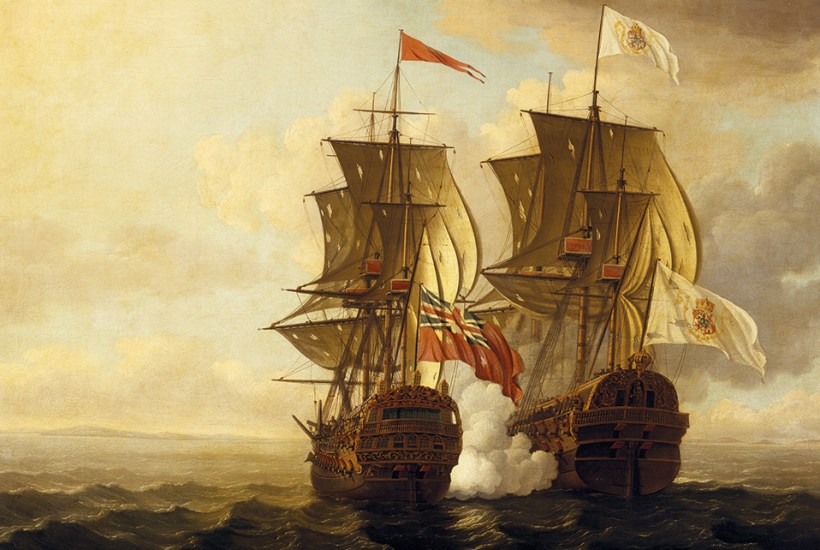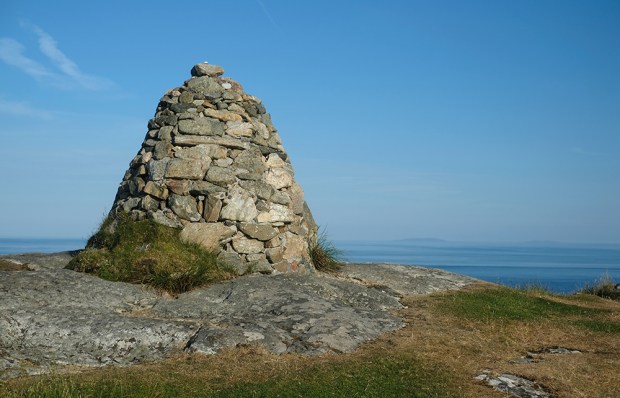It all began in 1731 when Robert Jenkins, the captain of the Rebecca, had his ear sliced off by Juan de León Fandiño of the Spanish patrol boat La Isabela. Storming the British brig in the Caribbean, Fandiño accused Jenkins of smuggling sugar from Spanish colonies. He would cut King George’s ear off too, Fandiño threatened, were he to be caught stealing from Spain.
Already a subscriber? Log in
Subscribe for just $2 a week
Try a month of The Spectator Australia absolutely free and without commitment. Not only that but – if you choose to continue – you’ll pay just $2 a week for your first year.
- Unlimited access to spectator.com.au and app
- The weekly edition on the Spectator Australia app
- Spectator podcasts and newsletters
- Full access to spectator.co.uk
Or
Unlock this article
You might disagree with half of it, but you’ll enjoy reading all of it. Try your first month for free, then just $2 a week for the remainder of your first year.














Comments
Don't miss out
Join the conversation with other Spectator Australia readers. Subscribe to leave a comment.
SUBSCRIBEAlready a subscriber? Log in